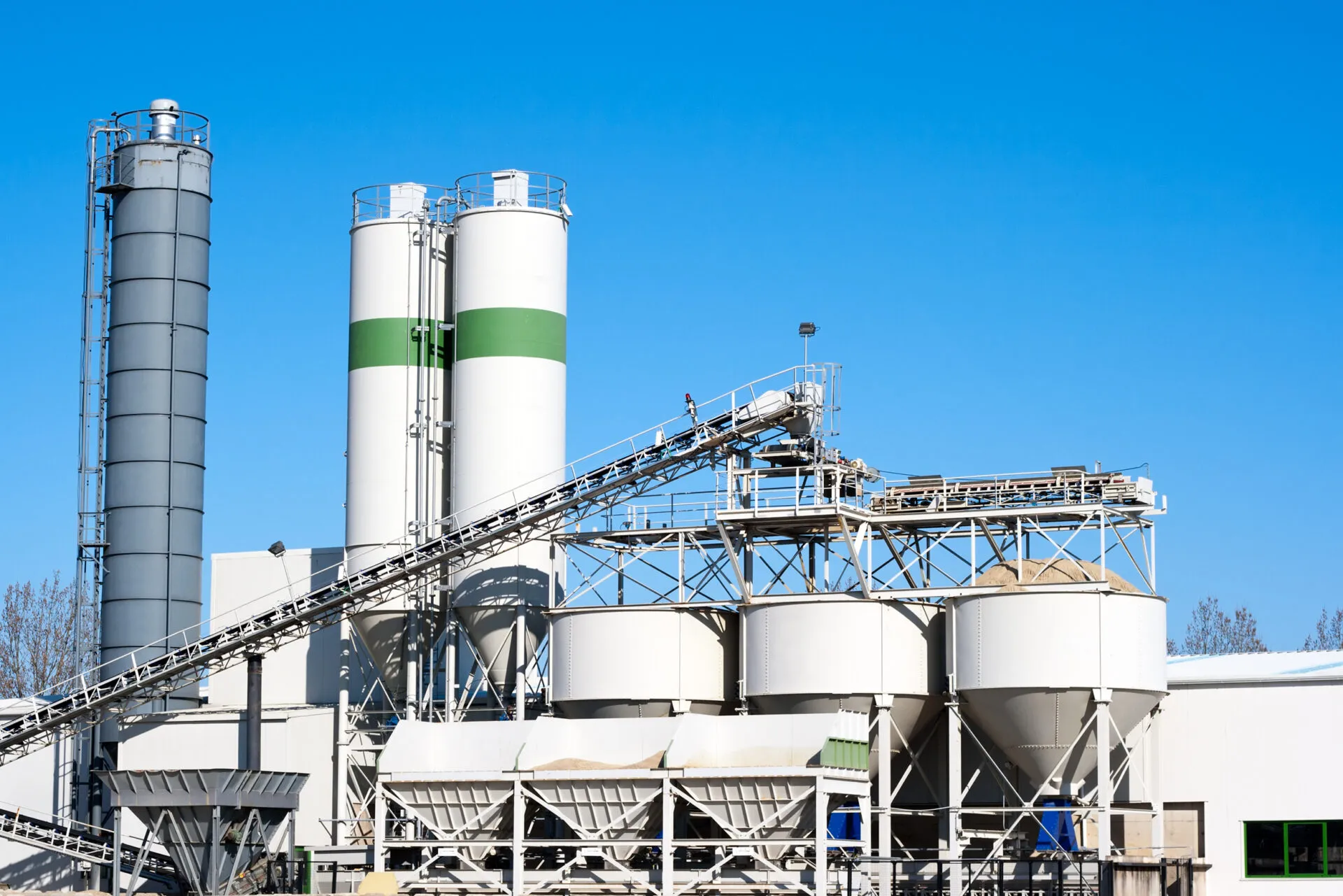The challenge
In many mining and processing industries, such as the cement industry, rotary dryers are used at some stage in the process to dry large quantities of material. Controlling such a dryer presents several challenges. Firstly, the dryer consumes a lot of energy, so limiting energy consumption is crucial. Secondly, the moisture content of the input material is often variable, but the output moisture content must meet precise criteria.
However, in a conventional approach, trying to work on one of these two challenges would lead to worsening the other challenge: reducing energy consumption increases the risk that the output material won’t be dry enough, while reducing the target output moisture increases energy consumption.
The solution
To work on these two challenges at the same time, a model of the drying process is needed. Available input and output measurements have been used to represent and predict the moisture content of the output material. Thanks to this model, control can be adapted in real time so that the output moisture is exactly that required, without over-drying some batches and under-drying others.
The potential gain
Return on investment, in this case, is measured in terms of both energy quality and utilization:
- By guaranteeing constant output humidity, downstream process quality and predictability are improved.
- By drying the material “just enough” at all times, energy consumption is reduced to a minimum.
Find out more about this Data Science project with Technord
Customer activity
- Mining and quarrying
- Cement/lime production
Solution brand
- Siemens
- PCS7
- Python
Type of work
- Drying/Calcining
Services
- Decision-making tool
- Software sensors










